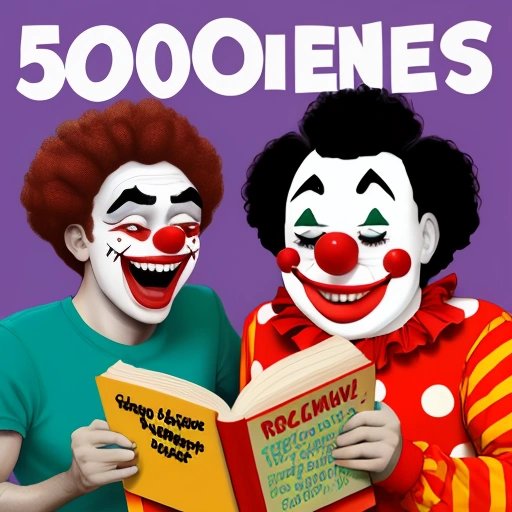In a shocking turn of events, a book filled with offensive and racist jokes has taken the literary world by storm, defying all expectations and becoming a bestseller. This unconventional publication, consisting of 500 racist one-liners, has captured the attention of readers across the nation and catapulted itself to the number one spot in physical bookstores all over the USA. Breaking boundaries and throwing political correctness out the window, this comedic masterpiece is guaranteed to offend almost everybody.
In a time where society is striving for inclusivity, diversity, and respect, one would assume that a book of this nature would find itself gathering dust on the shelves of obscurity. However, it seems that there is a niche audience, ready and eager to indulge in the forbidden fruit of offensive humor. The success of this book can be seen as a reflection of the current sociopolitical climate, where some individuals find solace in pushing the boundaries of acceptable speech.
Criticism has not shied away from this controversial publication. Critics argue that the book relies on outdated terms and derogatory language, perpetuating harmful stereotypes and promoting discrimination. While it is essential to have open and honest discussions about the impact of such content, it is equally important to recognize the role of comedy as a form of self-expression and the power it holds to challenge societal norms.
The unimaginable success of this offensive comedy book raises several questions. Who are the readers eager to consume this controversial content? Are they seeking refuge from the constraints of political correctness, or are they genuinely inclined towards discriminatory ideologies? Is it possible to appreciate the humor while simultaneously acknowledging its problematic nature? These are complex and nuanced inquiries that require thoughtful consideration.
One cannot deny the audacity of the author and publishers in venturing into such contentious territory. By releasing a book that intentionally provokes and challenges societal norms, they have succeeded in igniting conversations, whether they be heated debates or thoughtful reflections. In a world where people are quick to cancel, boycott, or silence those with differing opinions, this book has managed to cut through the noise and demand attention.
Despite the controversy surrounding the offensive content, it is essential to acknowledge the power of humor. Comedy has long been a means of addressing uncomfortable truths, providing commentary on society, and provoking critical thought. It has the potential to challenge perspectives, encourage dialogue, and even foster empathy. However, it is crucial to draw the line between challenging societal norms and perpetuating harmful ideologies.
As the offensive comedy book continues to dominate the bestseller lists, it serves as a reminder that humor remains a powerful tool for both connection and division. It is a stark example of the fine line comedians and writers navigate, as they venture into potentially offensive territory in pursuit of laughter and societal insight. The success and reception of this book highlight the complex nature of comedy and the subjective nature of humor itself.
In the end, it is up to each individual to decide where they stand regarding the offensive comedy book. It forces us to confront uncomfortable truths about freedom of speech, the role of comedy in society, and the boundaries of acceptability. While some may find solace and amusement in its pages, others will undoubtedly be deeply offended. The success of this book serves as a reminder that art and literature cannot always be neatly categorized or confined to societal expectations.



